I'm sure it's not just me who thinks shooting at high ISO is actually okay, it's definitely not a felony. In fact, I was of the many people who thought digital noise would just kill my photographs and deem them…useless?
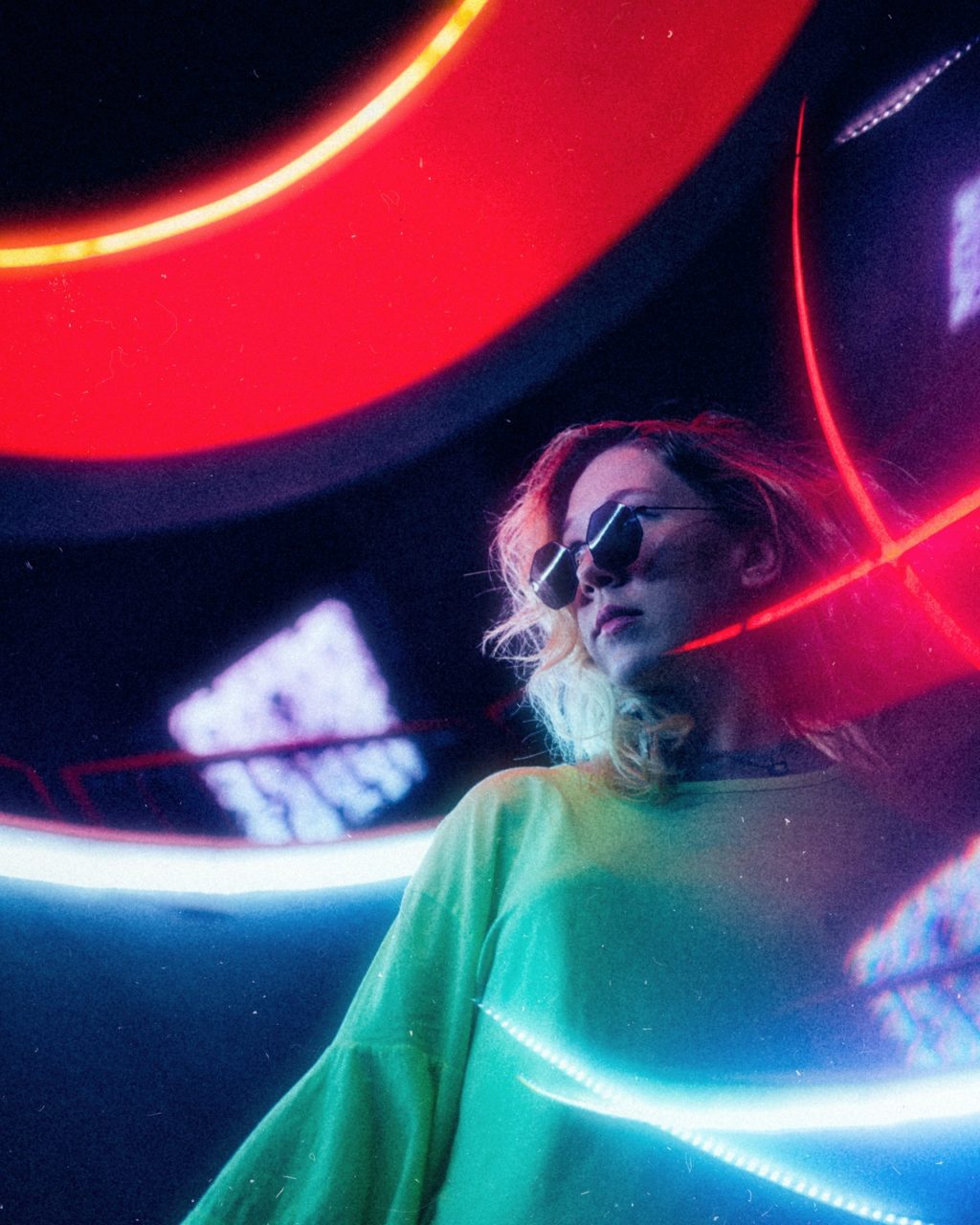
It's arguably one of the most feared aspects of shooting photography in general – because there are always those who will say/dictate that a very (or slightly) grainy image is basically unusable.
Let's put a case forward to say, nope, we disagree. Often, some textured grain can really add some emotion or nostalgia to an image – to give it a sense of “now”, “this moment in time” – a moment “captured” and not missed.
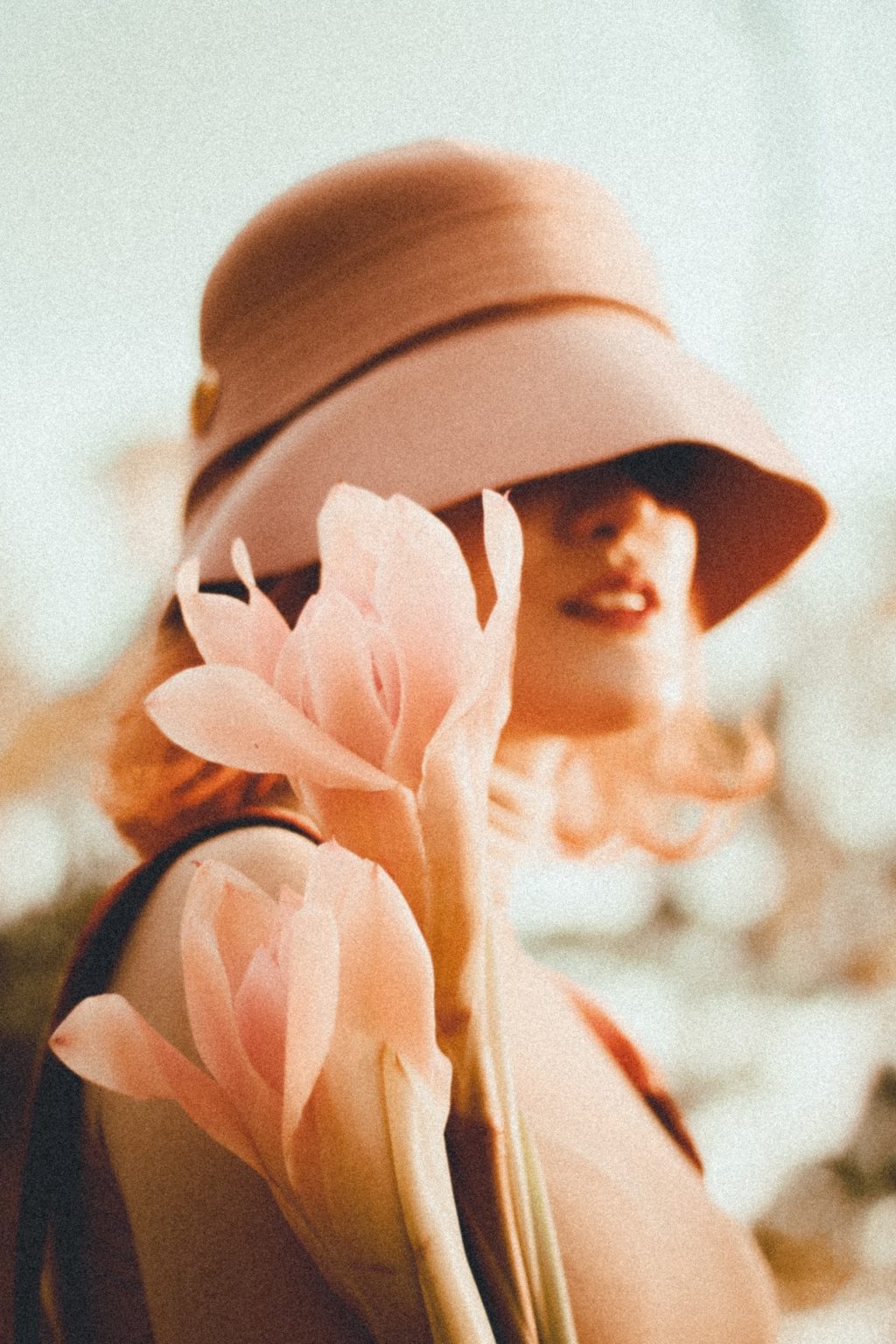
Some guides for a little background reading on ISO….
Shooting At High ISO Should Be Embraced
Personally, if you're afraid (I'm not talking “pee your pants” afraid here) of bumping up the ISO on your digital camera, don't be. My standpoint is that getting an image that's not out of focus due to too low a shutter speed for your hands means you've got yourself a usable photo. It's other people's opinions that will alter things for you.
Not too long ago, raising your camera's ISO to 1600, 3200 or at a stretch 6400 was like image suicide. You were left with an image totally obscured by digital noise aka grain, which unless it was meant to be artistic or a clever piece of well-timed street photography, it wasn't much use to anyone.
We've moved on a little now. Technology has improved, sensors are becoming more capable (particularly crop sensors) and we're about to get images we can be pleased with, avoiding any anxiety around shooting at high ISO.
Shouldn't We As Photographers Be Aiming For The LOWEST ISO Possible?
It depends.
Are you shooting street photography or a birthday party, or are you shooting a portrait session in a studio? I ask because it really does depend on what you're photographing. The higher the ISO, the more sensitive the sensor is to light hitting it during an exposure.
Landscape photographers for example, will unlikely want any sign of digital noise. If you're using a tripod and don't have to be concerned with shutter speed (or aperture, for maximum light coming in) then there's no reason to crank the ISO up to 3200! If you have ample light to shoot at low iso for the scenario you are looking to shoot, then again shoot at low iso values.
Shooting at high ISO is essentially for handheld photography on the whole.
Why Begin Shooting At High ISO Then?
Raising the ISO on your digital camera will provide you with the opportunity to get what most would call a “better quality” image because you're able to increase the shutter speed and therefore reduce any held-held blur/movement caused by trying to shoot at too slow a shutter speed.
This also means that if your desire is to use a smaller aperture (i.e. a larger number) then shooting at high ISO will enable you to capture more depth of field and therefore capture a sharper scene overall without the need for a tripod.
If you can capture the given natural light from the scene in front of you, it means your possibilities are smashed wide open – think about how pros are able to get stunning images at such crazy-high ISO? It's not ALL down to fast lenses and $3000 camera bodies.
Sometimes, it's down to the mere fact that they're not afraid of those high numbers like ISO 3200, 6400, even 12800+. You need to make sure you get the exposure right when shooting at higher iso values because increasing the exposure later during post processing can ruin the image.
Using High ISO For Quality Pictures
On modern digital cameras, just because an image has been shot at a high ISO, doesn't necessarily equal that the grain produced is unpleasing to the eye – quite commonly now the actual strength of the grain has lessened and the look is much more chic.
Think of it like this. Shooting at high ISO has now become more of a luxury for photographers because it means we're no longer turning our ISO up with one eye closed pulling that awkward toothy grin
“I.Can't.Go.Up.Any.More”.
We can now afford to shoot in darker and less well lit areas – call it low light – which means our options are there for us to explore way more than ever before.
Here's the thing…shooting at consistently high ISO does mean you will be more pressed to expose your image properly. You've really got to analyze the available light, check your shutter speed and aperture – can you tweak at all? On your lens, is image stabilization on or off?
Useful Note:
Read this article on The Exposure Triangle to understand the nuts & bolts.
Benefits of Shooting at Higher ISO
Photographers shoot at higher iso values to get the shot that they want using the available light. You are looking to get a properly exposed shot at low light. Here are some benefits of shooting at higher iso values.
Low Light Photography
Whether you are shooting streets at night or you are into night sky photography, in order to record the details correctly without sacrificing the images due to motion blur (for streets) or star and moon trails (for night sky), you will need to use higher iso values depending on the camera that you use. In situations like these shooting at high iso values come to the rescue to achieve the look/effects that you are looking for in the images.
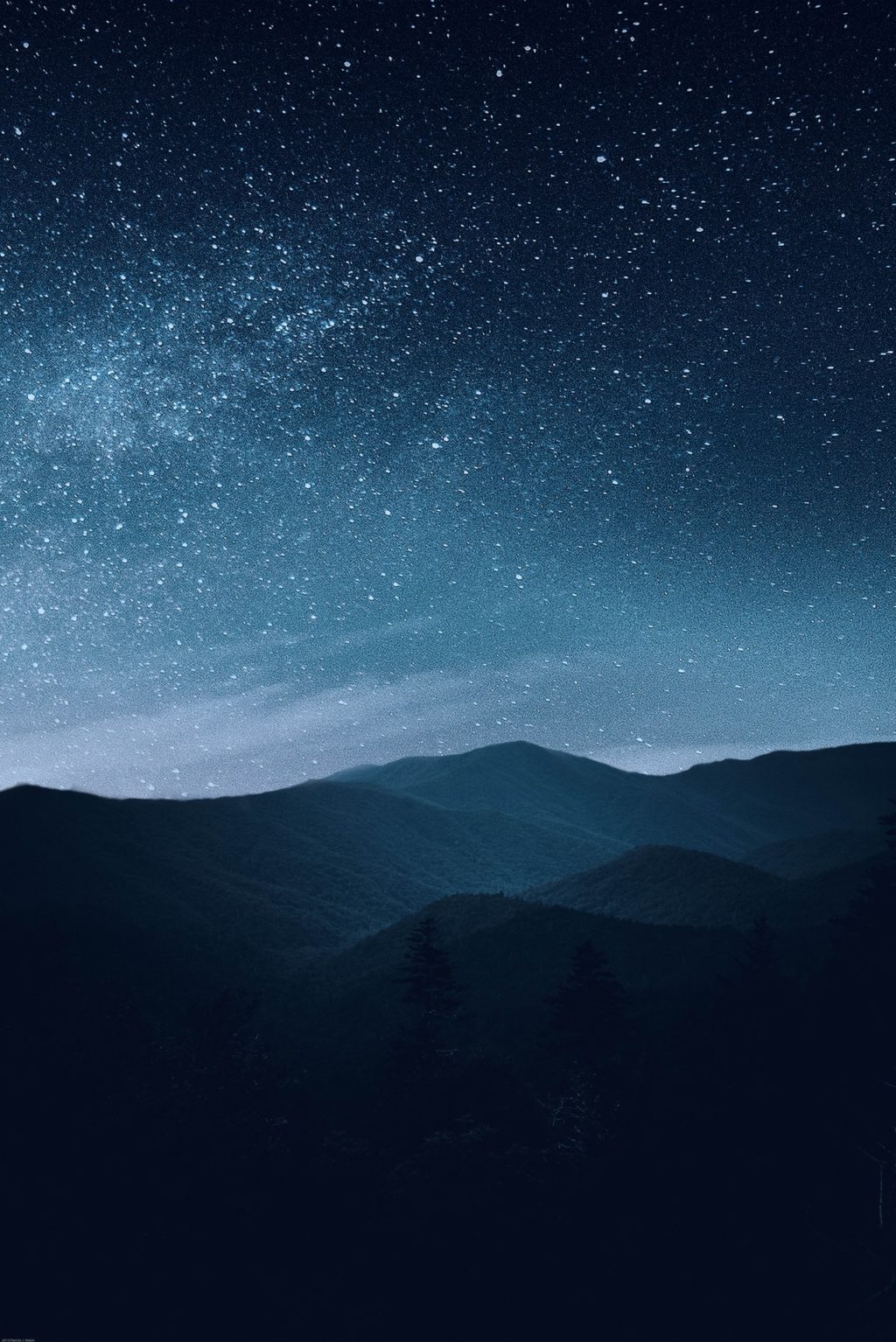
To Freeze Action
Whether you are shooting sports or wildlife, sometimes you will be caught up in situations like low light where you will want to capture the action without causing blur in your images. There are times when you will want to shoot at 1/4000 sec or even 1/8000 sec (if your camera allows that) in order to freeze very fast actions and increasing the iso will become mandatory even if there is acceptable light available.
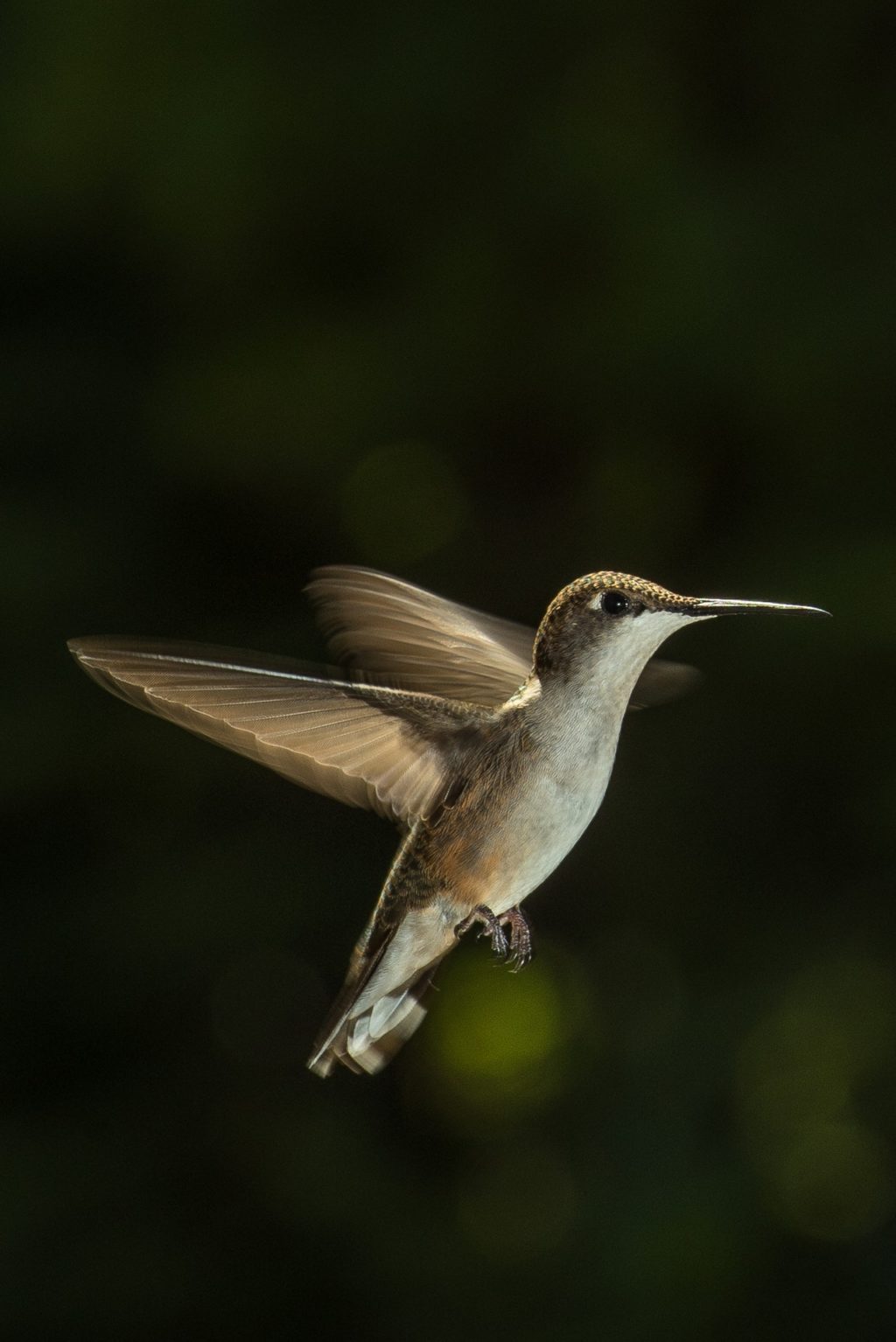
Shooting At Very Long Focal Lengths
When you are shooting at very long focal lengths, for example bird photography or sports, at about 600mm or even more if you are using a teleconverter, you will again want to freeze actions by increasing your shutter speed. Situations like these require you to make use of the high iso capability of your camera to get the shot without blur.
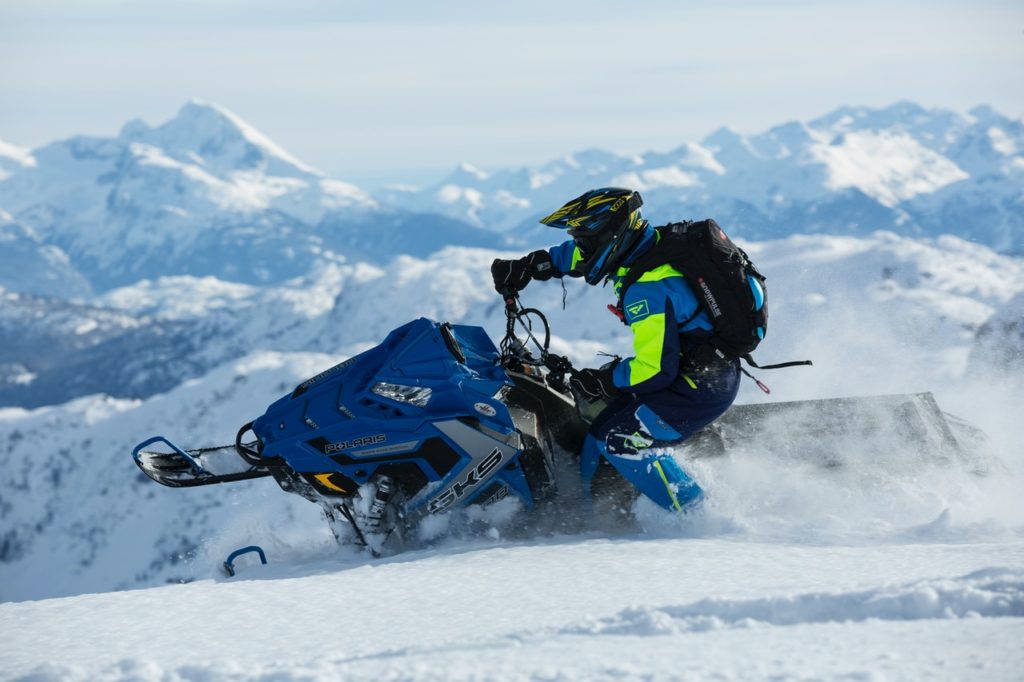
Color Noise Vs Black And White Noise
Note there are two types of noise caused by shooting at high ISO. Color & Black and White.
Seems obvious? You DO need to be aware of how your camera handles noise in your color images. Some cameras handle this better than others i.e. the image will be pleasing or just ready for the trash bin.
Sometimes, converting to Black and White in post production can rescue an image if there are then further edits done to rectify and fatal flaws.
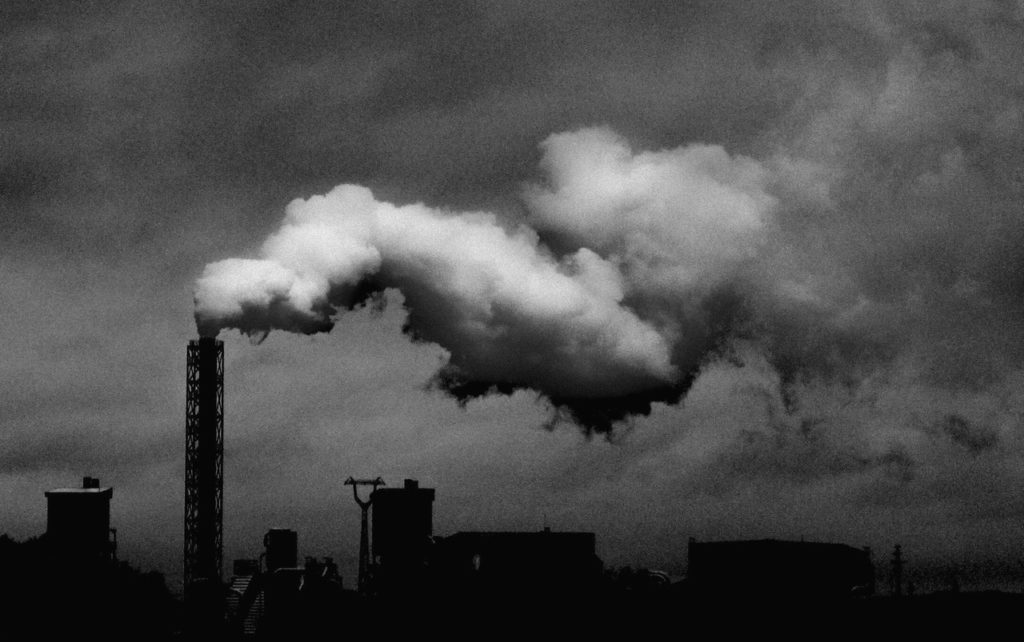
Let's not forget the careful use of post production techniques where you can actually reduce the noise in Lightroom.
Testing Your Camera's ISO Range!
You'll like want to know what you can get away with, right?
Seeing as this varies from camera to camera, DSLR to Mirrorless, you'll need to have a play around.
- To start with set a fast shutter speed and a small(ish) aperture like f/8 – f/16
- Now take the shot of your chosen sample subject and begin shooting at ISO 200 right through to 6400
- Now zoom in (1:1 in Lightroom or 100%) and observe what you see in a color version and black and white.
- Next, consider printing samples of each ISO to check what they look like printed? Now you can have a good idea of what your camera is producing within its range of ISO.
Summary
Let's relook at how we conceptualize noise and digital grain – it's not all bad, not by a long shot. And the best part? You'll become a more creative photographer because you're not putting the camera down and waiting to shoot another scene with more available light, just so you don't have to go above ISO 640!
Further Resources:
- Getting Started With ISO: A Beginner’s Guide
- Have You Discovered The Power Of Auto ISO Yet?
- How to Overcome Your Fear of High ISO and Take Sharper Photos
- What is ISO? The Complete Guide for Beginners
Further Learning
High ISO and Landscapes don't traditionally go together, but what's “high” anyway? Sometimes you want the grain for a more alternative shot. This Guide is for YOU: “Landscape Photography Guide” by the team at Photzy!

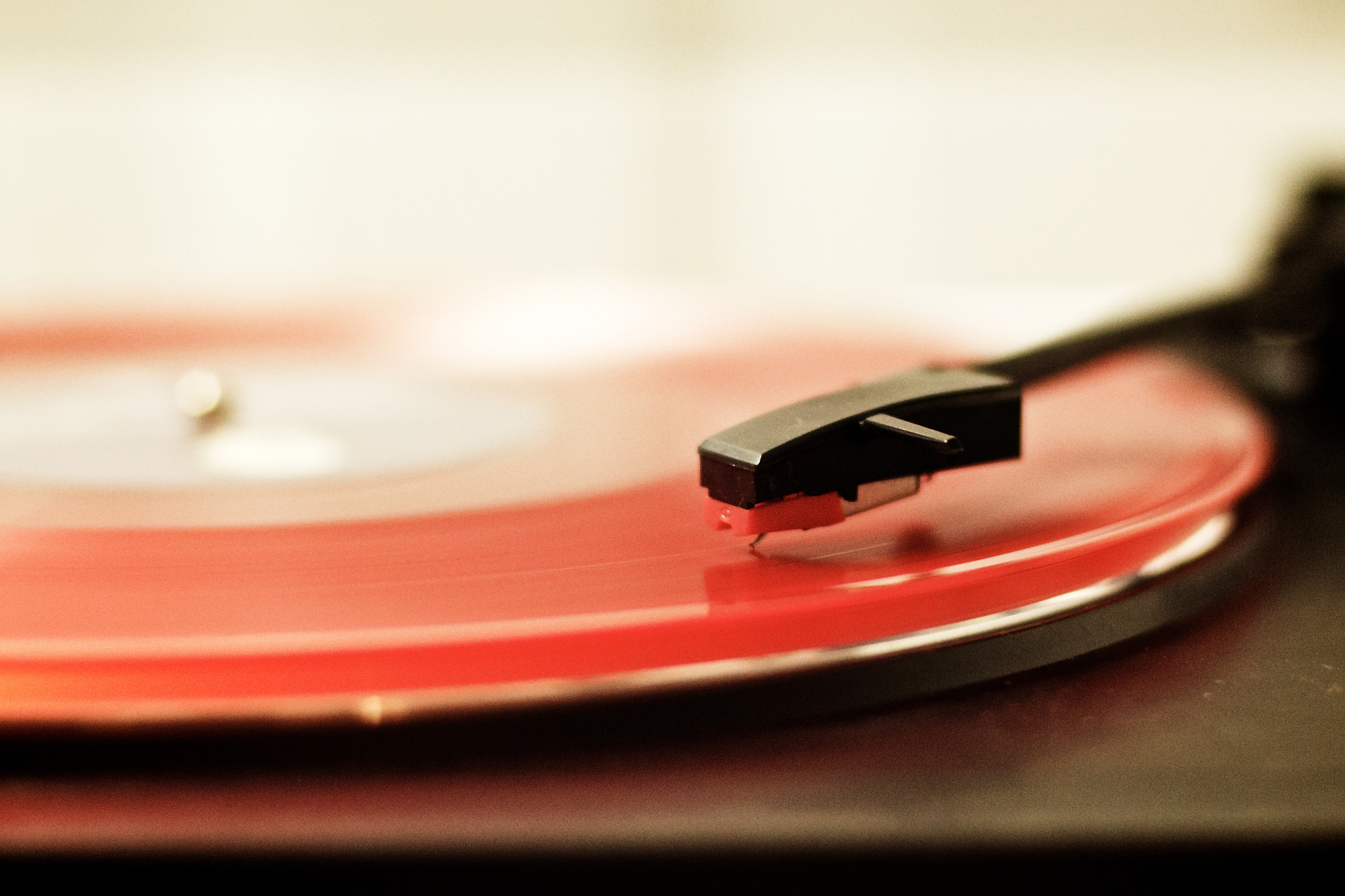
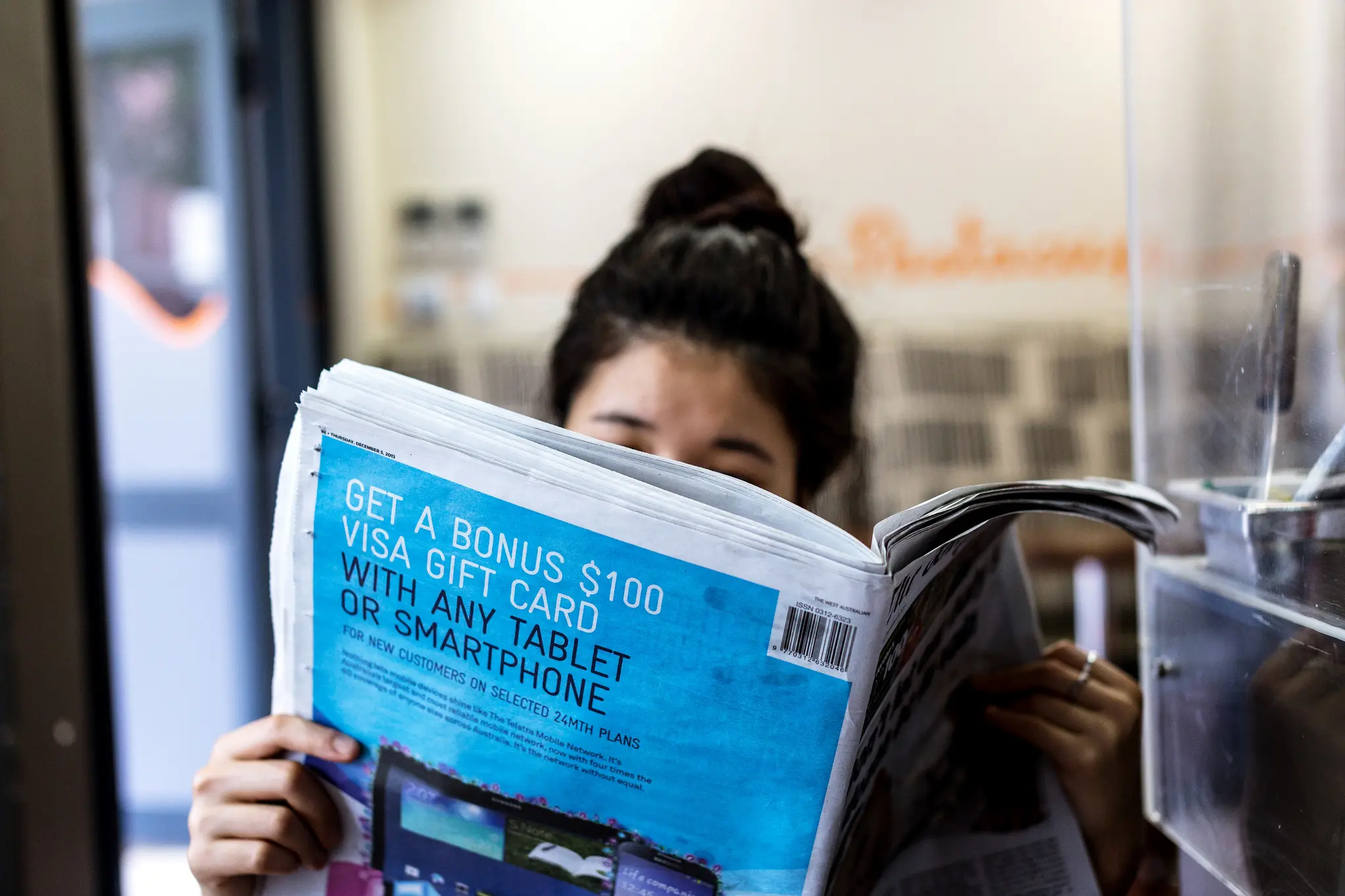
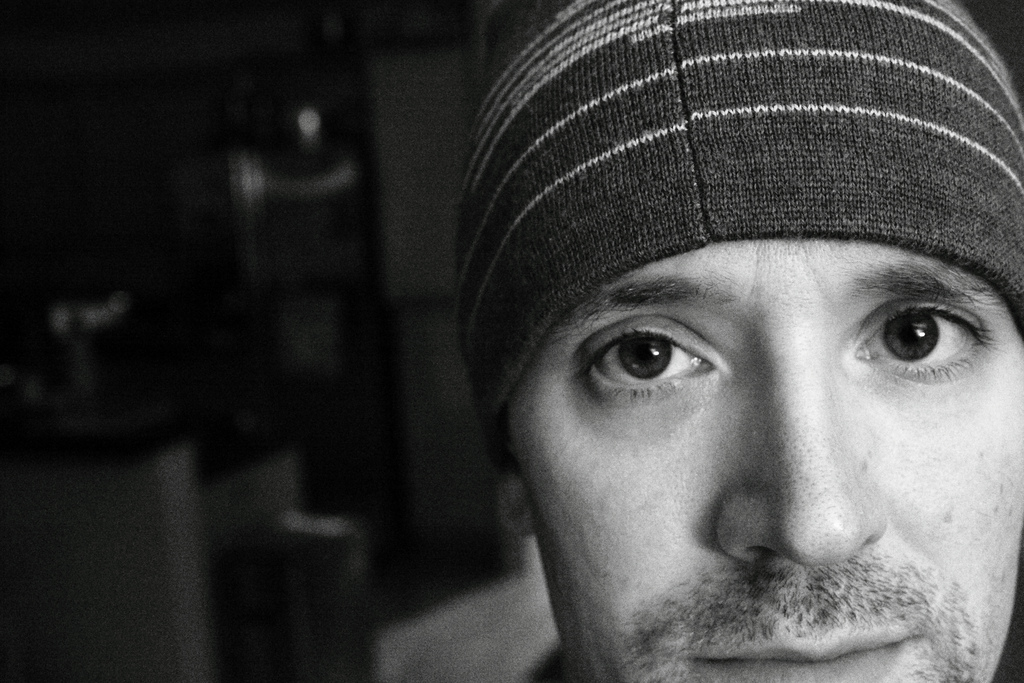
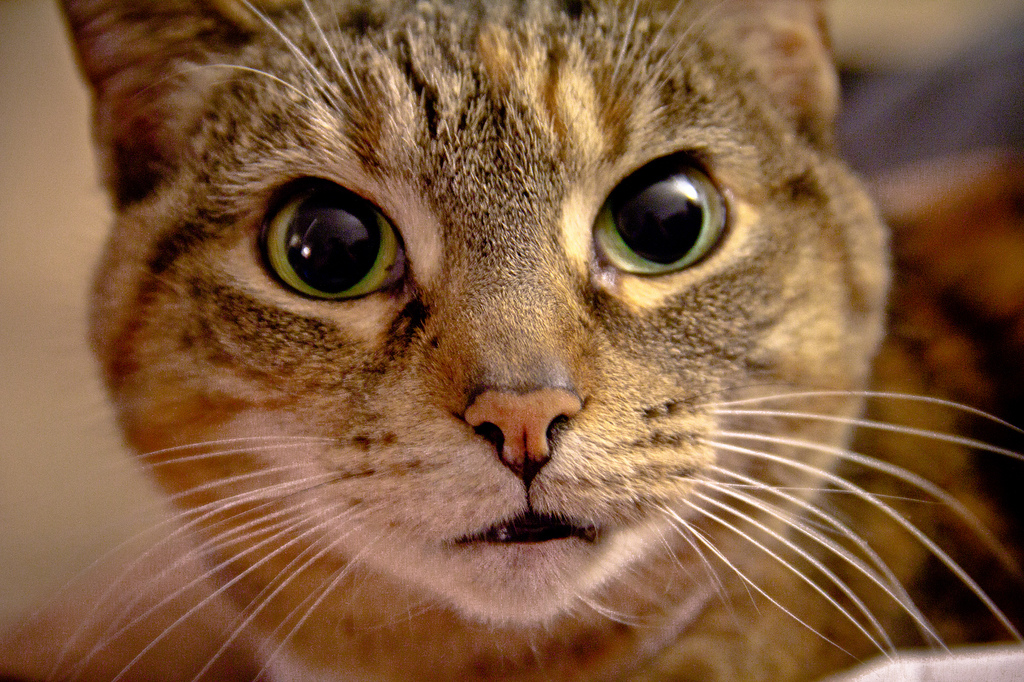
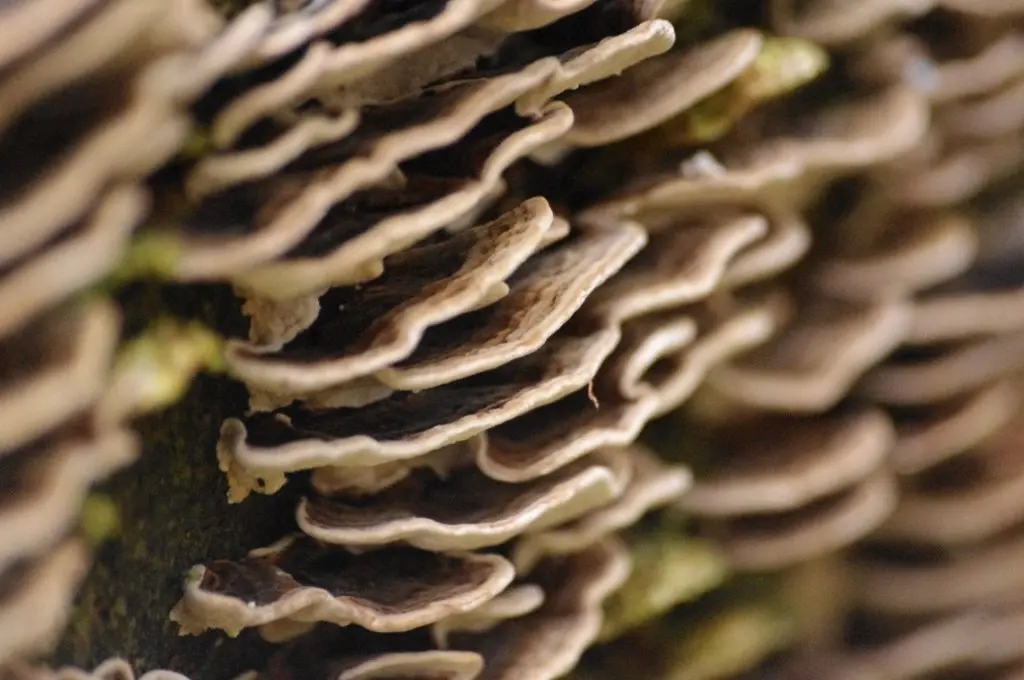
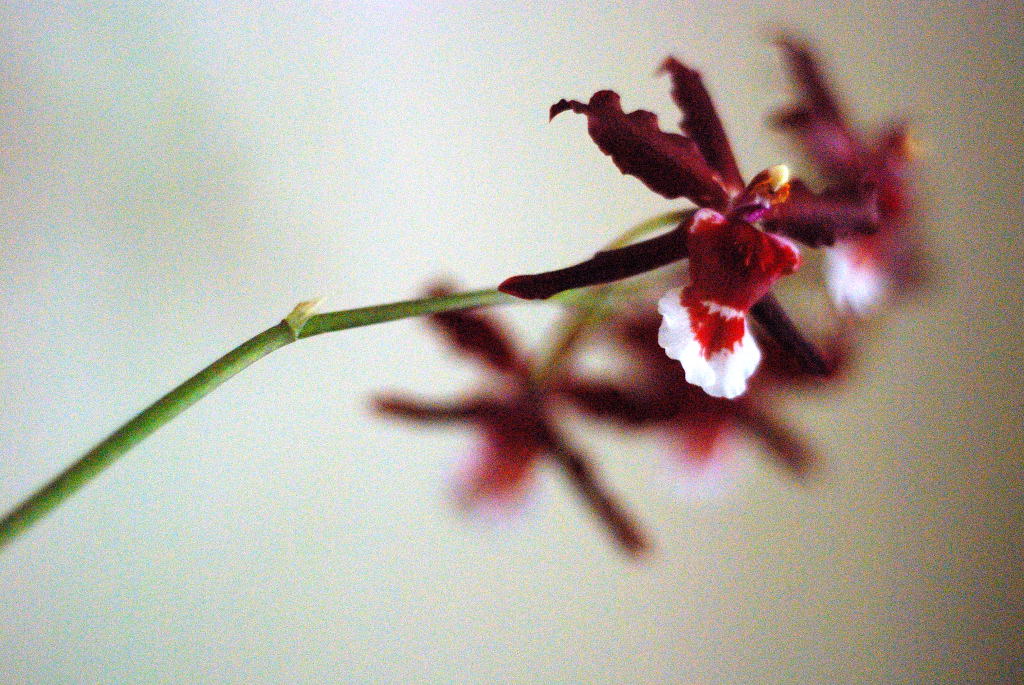
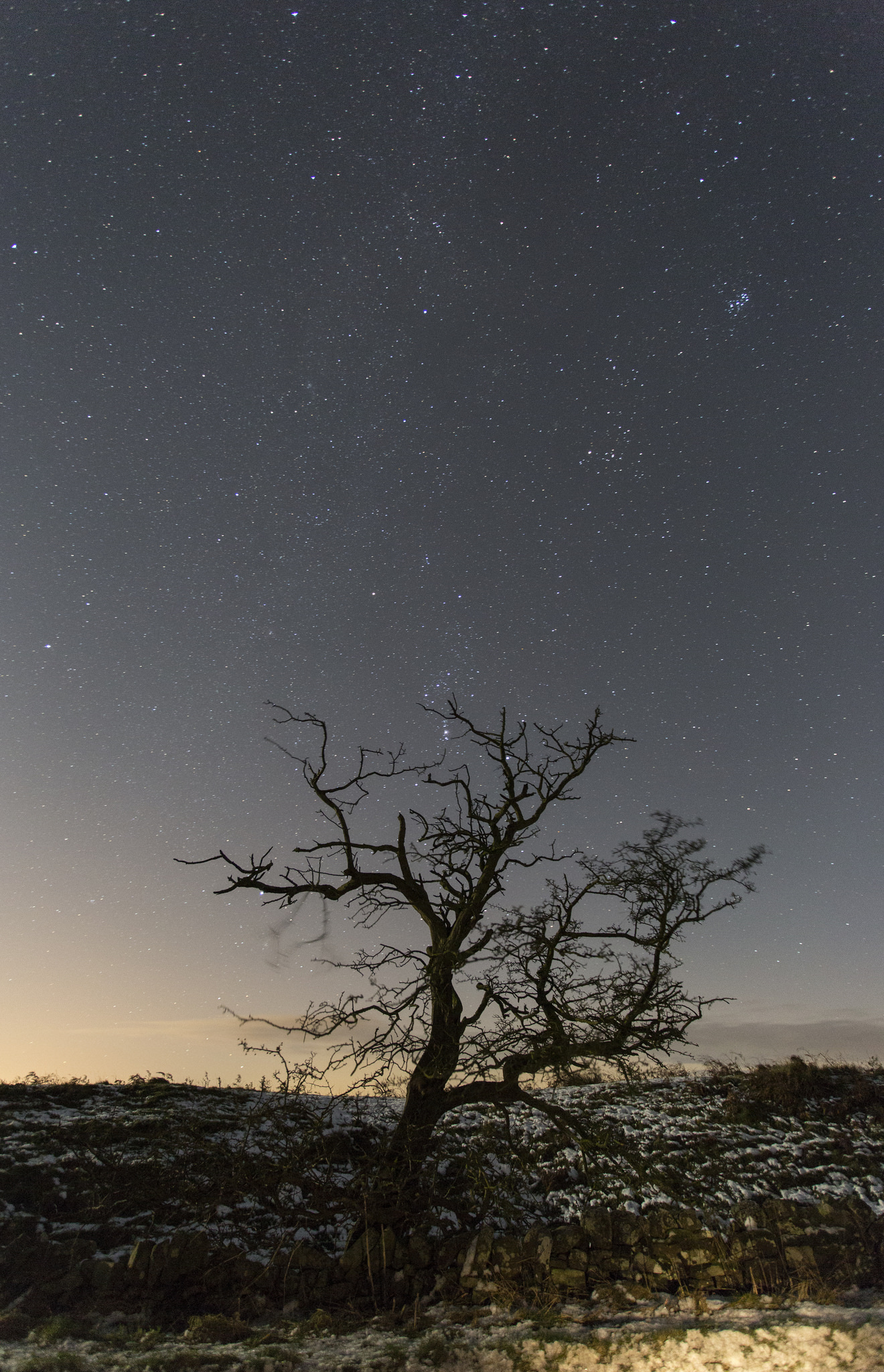

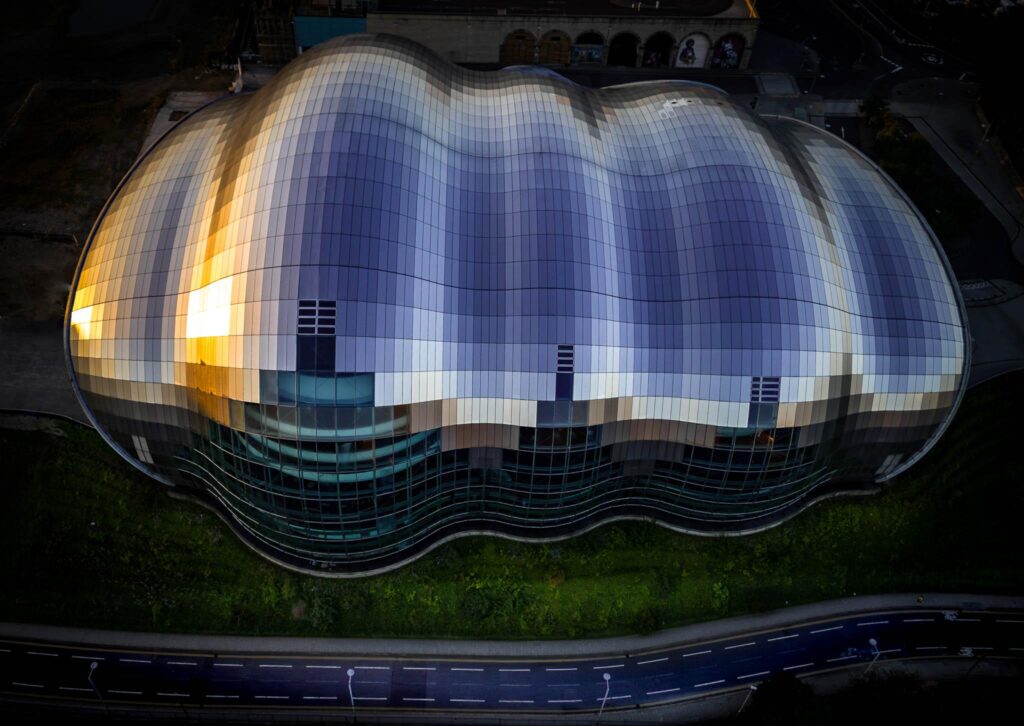
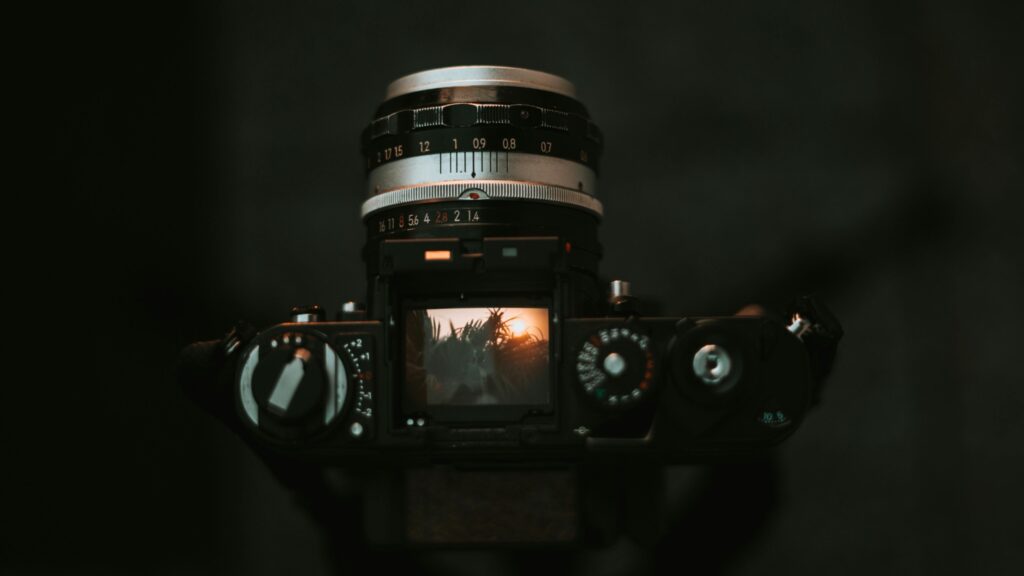

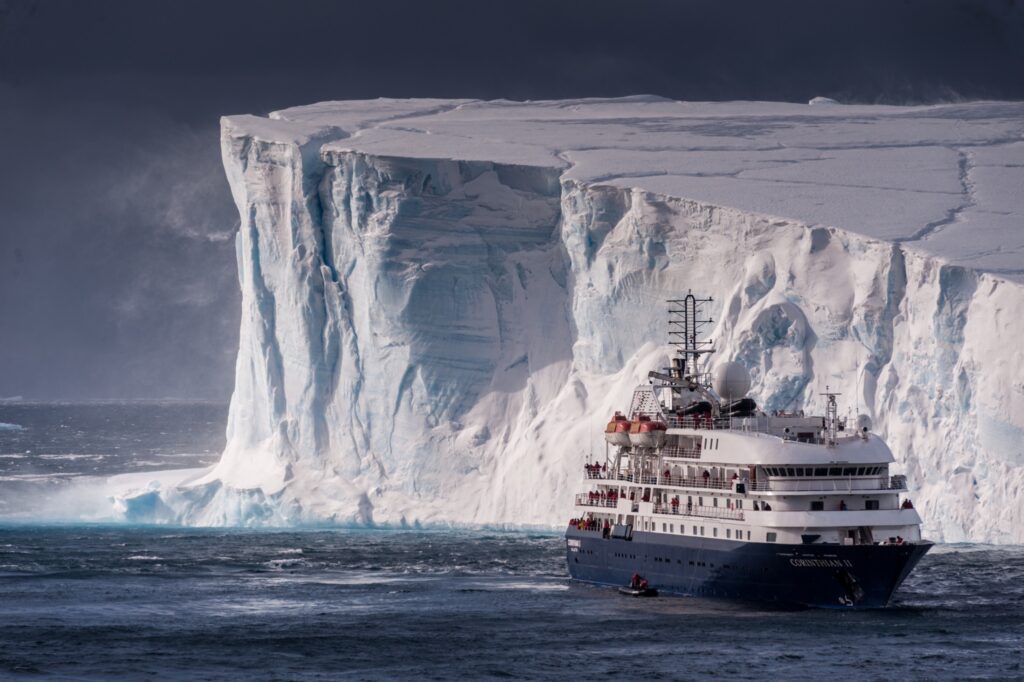
1 Comment
Great article. If you need to exposure properly – use it, definitely better noisy than blurry!